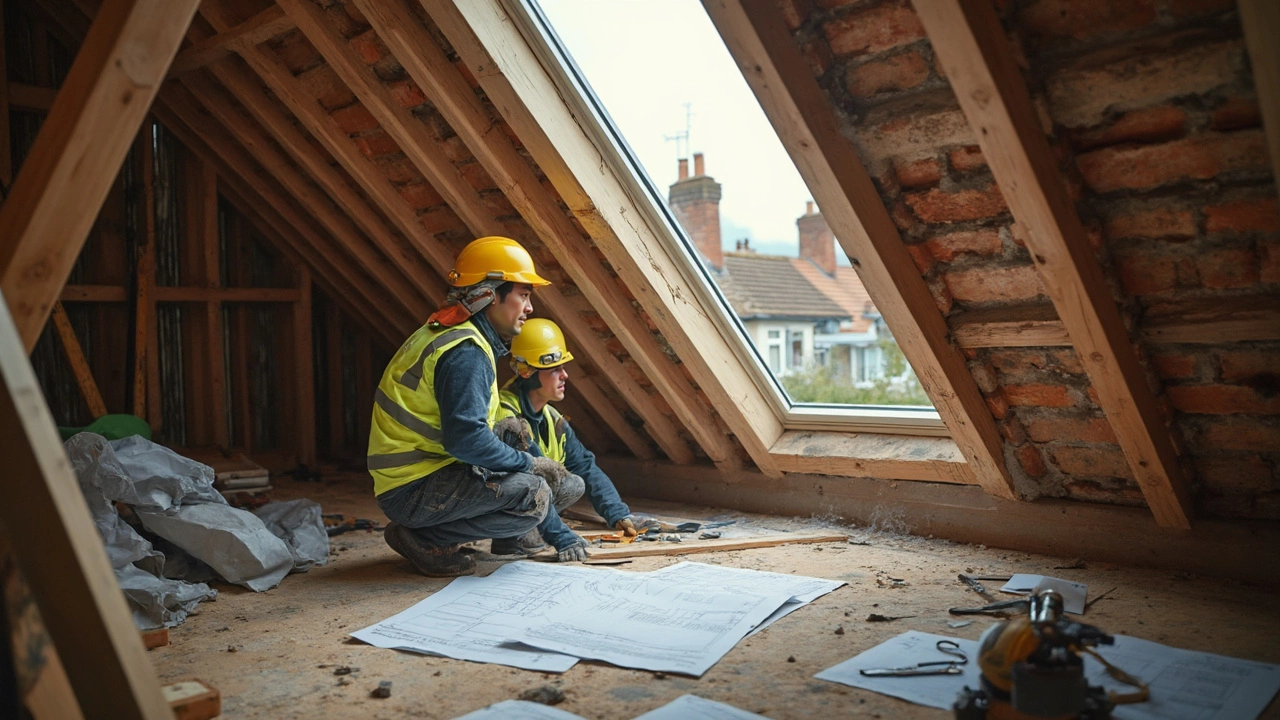Roof Structure: What You Need to Know for a Strong, Cost‑Effective Roof
When you think about your home, the roof is the first thing that protects everything inside. A solid roof structure isn't just about looking good – it keeps rain out, saves energy, and lasts for years. This guide breaks down the basics, so you can make smart choices without getting lost in jargon.
Pick the Right Materials for Your Budget
Cheap doesn’t mean low quality. Materials like asphalt shingles, metal panels, and concrete tiles each have strengths and price points. Asphalt is easy to install and cheap, while metal offers durability and lower long‑term energy costs. Compare local prices, ask for a per‑square estimate, and think about how long you plan to stay in the house.
Designing a Roof That Works for Your Home
Roof shape matters. Gable roofs shed water fast, flat roofs are cheaper but need a good waterproof membrane, and hip roofs give extra stability in windy areas. Look at the climate where you live – heavy snow needs steep slopes, while milder weather can handle a lower pitch. Simple designs also cut labor costs.
Don’t forget the framing. Rafters, joists, and trusses form the skeleton. Using pre‑engineered trusses can speed up construction and reduce waste. Make sure the spacing matches the load the roof will carry – heavier tiles need closer spacing.
Ventilation is another hidden cost saver. Proper airflow prevents moisture build‑up, which can rust metal and rot wood. Install vents at the ridge and eaves, and keep the attic insulated. This small step lowers heating bills and extends the roof’s life.
When you plan repairs, look for common trouble spots: cracked flashing, missing shingles, and sagging decks. Fixing these early avoids expensive water damage later. A quick visual check after storms can spot problems before they grow.
If you’re hiring a roofer, ask for a detailed quote that breaks down labor, materials, and disposal fees. Most professionals charge per square (100 sq ft), so you can compare offers easily. Ask about warranty coverage – a good one protects you for at least five years.
Finally, keep a maintenance schedule. Clean gutters twice a year, remove debris after storms, and check for loose fasteners. Regular upkeep costs a few pounds a month but saves thousands in major repairs.
With the right materials, design, and a bit of routine care, your roof structure will stay strong and affordable for years to come.

Loft Conversion Costs: What’s the Most Expensive Part?
May 21, 2025, Posted by Damon Blackwood
Wondering why loft conversions seem to eat up your budget so fast? The priciest part is almost always the structural work, especially if your roof needs major changes. This article breaks down where the bulk of your money goes and offers real-life tips to keep expenses in check. We’ll also touch on planning, materials, and hidden surprises that can cause prices to jump. Learn what to expect before jumping into your loft project.
MORESEARCH HERE
Categories
TAGS
- foundation repair
- commercial construction
- construction
- new builds
- home improvement
- home renovation
- bathroom renovation
- construction materials
- home foundation
- renovation tips
- residential construction
- building types
- contractor
- foundation cracks
- home construction
- architectural services
- building codes
- construction differences
- home inspection
- kitchen installation